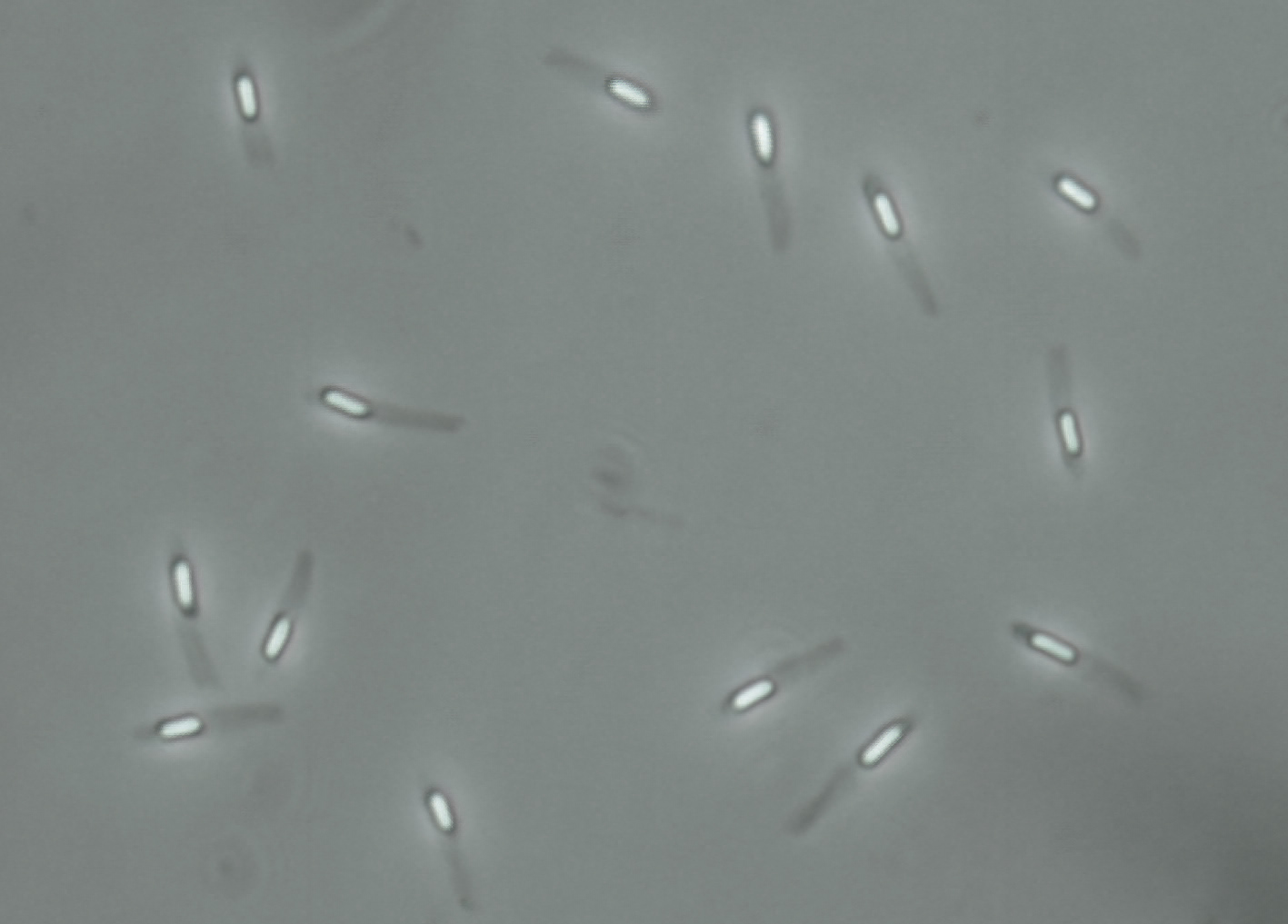

Depending on the type of dye, the positive or the negative ion may be the chromophore (the colored ion) the other, uncolored ion is called the counterion. Stains, or dyes, contain salts made up of a positive ion and a negative ion. In addition to fixation, staining is almost always applied to color certain features of a specimen before examining it under a light microscope. (credit a: modification of work by Nina Parker credit b: modification of work by Nina Parker credit c: modification of work by “University of Bristol”/YouTube) Chemical fixation kills microorganisms in the specimen, stopping degradation of the tissues and preserving their structure so that they can be examined later under the microscope. (c) This tissue sample is being fixed in a solution of formalin (also known as formaldehyde). (b) Another method for heat-fixing a specimen is to hold a slide with a smear over a microincinerator. (a) A specimen can be heat-fixed by using a slide warmer like this one. Chemical agents such as acetic acid, ethanol, methanol, formaldehyde (formalin), and glutaraldehyde can denature proteins, stop biochemical reactions, and stabilize cell structures in tissue samples (Figure 1c).įigure 1. Chemical fixatives are often preferable to heat for tissue specimens. To heat-fix a sample, a thin layer of the specimen is spread on the slide (called a smear), and the slide is then briefly heated over a heat source (Figure 1b).


In addition to attaching the specimen to the slide, fixation also kills microorganisms in the specimen, stopping their movement and metabolism while preserving the integrity of their cellular components for observation. Fixation is often achieved either by heating ( heat fixing) or chemically treating the specimen. The “fixing” of a sample refers to the process of attaching cells to a slide. The second method of preparing specimens for light microscopy is fixation. Once the liquid has been added to the slide, a coverslip is placed on top and the specimen is ready for examination under the microscope. Sometimes the liquid used is simply water, but often stains are added to enhance contrast.
B subtilis endospore stain skin#
Solid specimens, such as a skin scraping, can be placed on the slide before adding a drop of liquid to prepare the wet mount. Some specimens, such as a drop of urine, are already in a liquid form and can be deposited on the slide using a dropper. The simplest type of preparation is the wet mount, in which the specimen is placed on the slide in a drop of liquid. There are two basic types of preparation used to view specimens with a light microscope: wet mounts and fixed specimens. In clinical settings, light microscopes are the most commonly used microscopes. Here, we will focus on the most clinically relevant techniques. Indeed, numerous methods have been developed to identify specific microbes, cellular structures, DNA sequences, or indicators of infection in tissue samples, under the microscope. We have already alluded to certain techniques involving stains and fluorescent dyes, and in this section we will discuss specific techniques for sample preparation in greater detail. This makes it difficult, if not impossible, to detect important cellular structures and their distinguishing characteristics without artificially treating specimens. In their natural state, most of the cells and microorganisms that we observe under the microscope lack color and contrast.


 0 kommentar(er)
0 kommentar(er)
